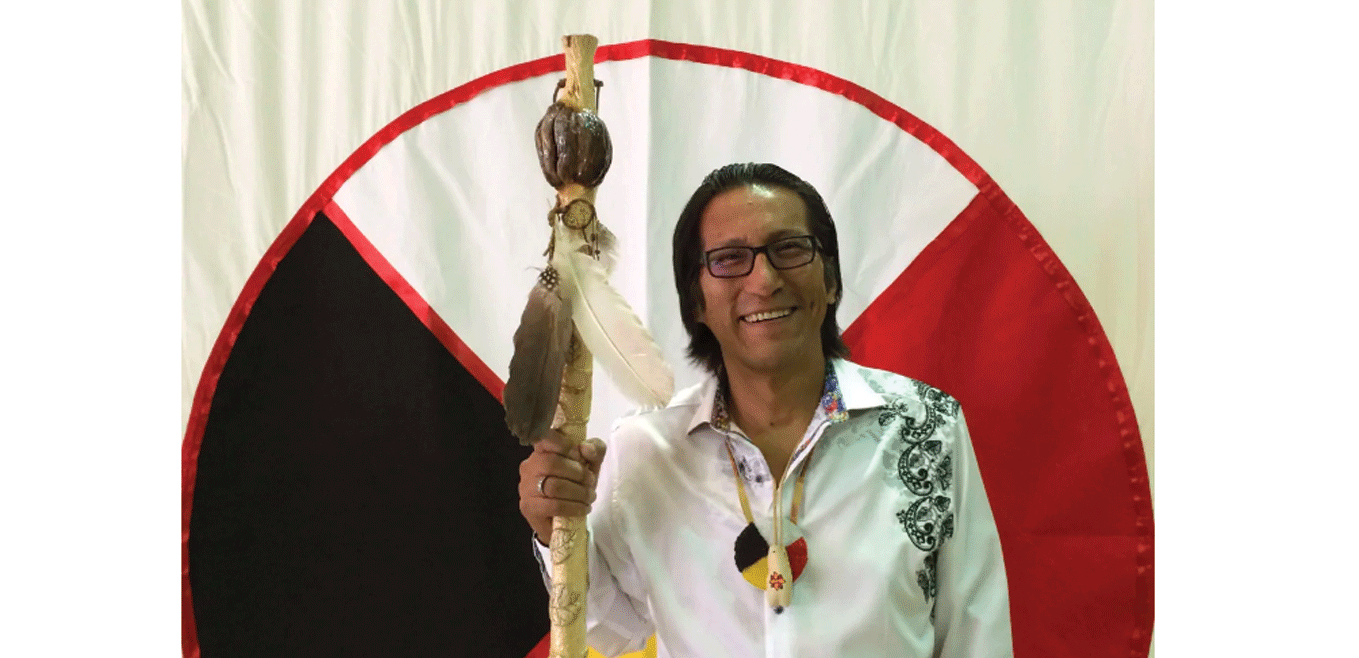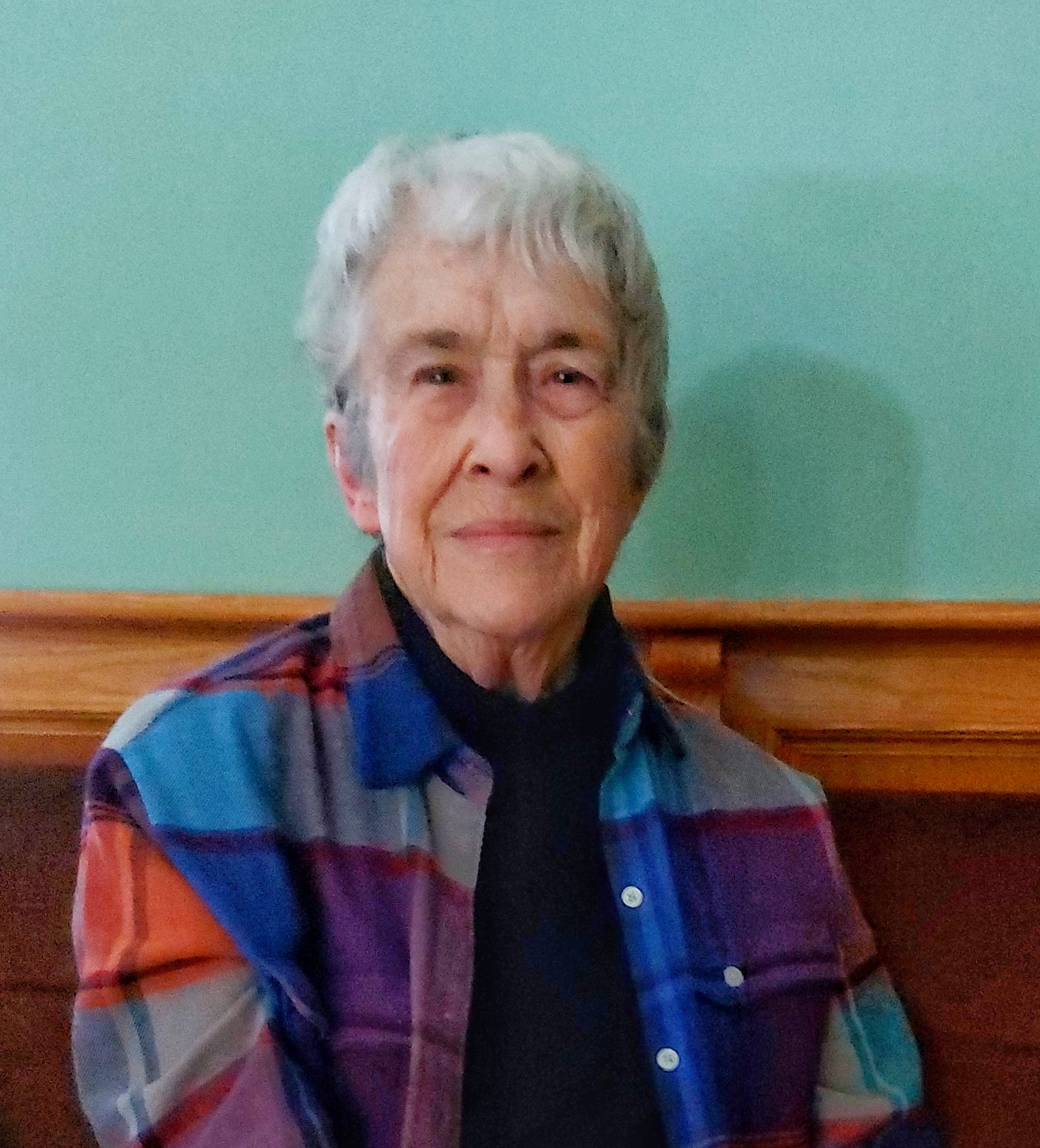Spiritual Development
Richard Wagamese (1955-2017), a well-known and beloved Canadian First Nations writer and mystic, was an Ojibway abandoned by his parents as a young boy and placed into foster care with white families and forced to attend public schools. After a difficult life which included drugs and alcohol, he encountered someone who told him: “You’re bigger than this… You got more in you” (Runaway Dreams, 31). He had also been told by another indigenous mentor that his role in life was to be a storyteller and as a storyteller, he eventually became a mystic. What is the contemporary understanding of a mystic and can Wagamese be considered a mystic? A mystic has been defined as “a person who claims to attain or believes in the possibility of attaining, insight into mysteries transcending ordinary human knowledge, as by direct communication with the divine or immediate intuition in a state of spiritual ecstasy” (www.dictionary.com). A mystic can be anyone in any walk of life who can communicate their spiritual insights.
An elder told Wagamese that in order to achieve this ability to communicate, he needed to have faith in the Creator who gave him the gift of storytelling and to have patience with himself as he was learning. Once he slowed down and began to study in earnest, he started to have spiritual insights into who God the Creator is and began to feel the physical effects of the prayer within his body, writing “my mind empties, my heart opens, my spirit soars” (Embers 166). In a passage that I love, he writes:
My deal with Creator is this: I’m dragging a sack of old worries, hurt, anger, doubt and fear up a long hill trying to get to the other side, to relief, to healing. Creator says, “If you need a hand, I’m here. You pull and I’ll push.” I say, “Really?” Creator says “I promise that I will always be there to help you. But there’s a catch.” I say, “What’s the catch?” Creator says,“You have to pull first.” (Embers 70)
Wagamese knew he had to somehow learn to write and then write about God, nature, silence and solitude. His messages here about Creator and Mother Nature are mystical:
“Writing is best and strongest when culled from the battles and the glories of everyday life…You have to be willing to sacrifice comfort and safety sometimes, in order to get to the heart of things – and you can never lose sight of love and God or Creator or however you identify the source of the mystery all around us. And you have to tell your story to someone – plainly, directly, openly. It comes from the spirit place…. So it is our soul’s mission to learn to love. Remember that we spring from love and hold your loved ones close.” (What Comes From Spirit 85)
Prayer is central to Wagamese’s life and central to his prayer life are ceremony, silence, solitude and nature. In the silence, both God and Wagamese listen; listening can be praying, and actual words are not necessary. He says, “true genius is knowing when to say nothing …” (Embers, 18). He shares his experiences and spiritual insights of God, the Creator of all, by writing and by speaking publicly. Wagamese is truly fulfilling his role as a mystic in our modern age.


